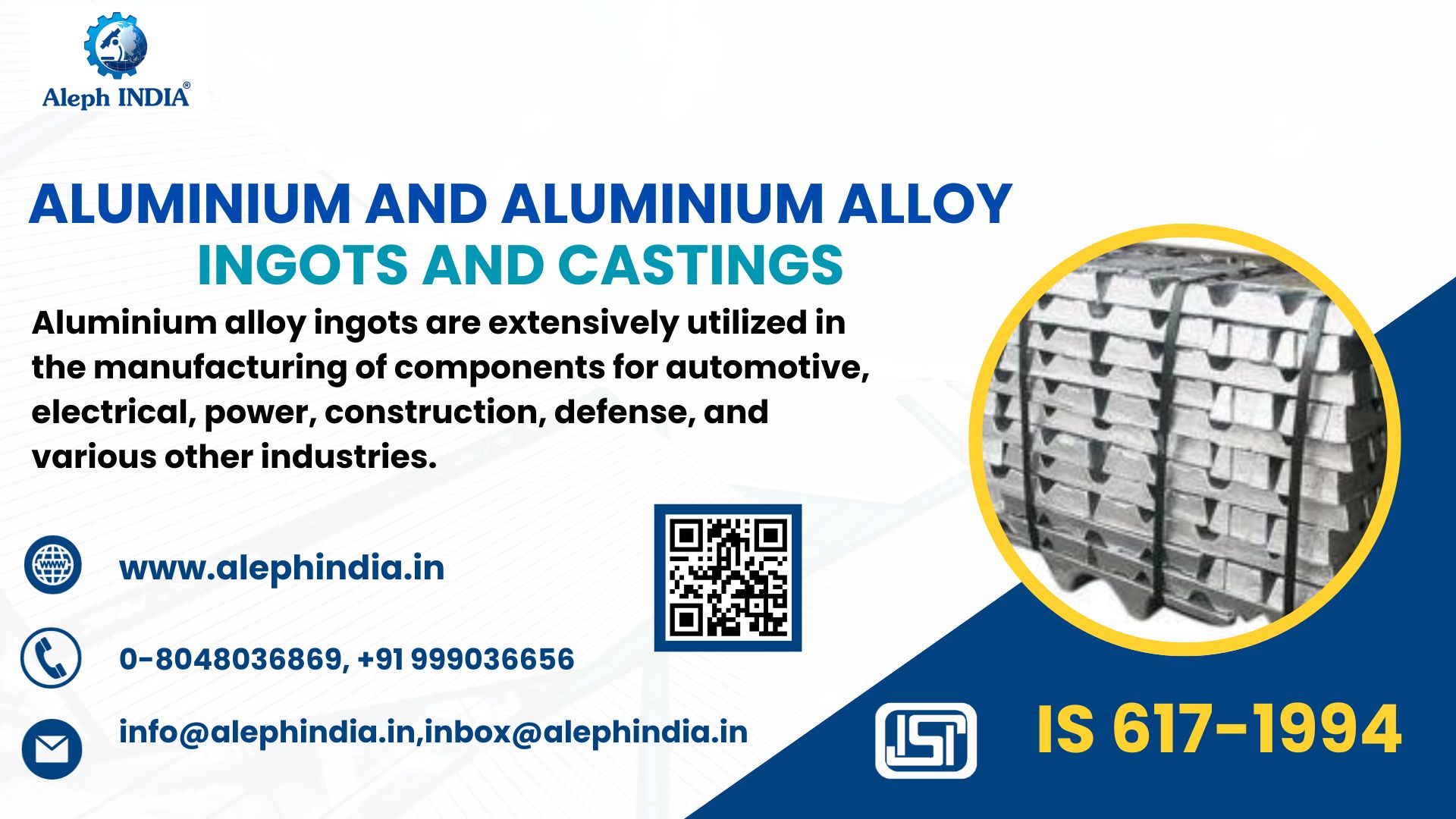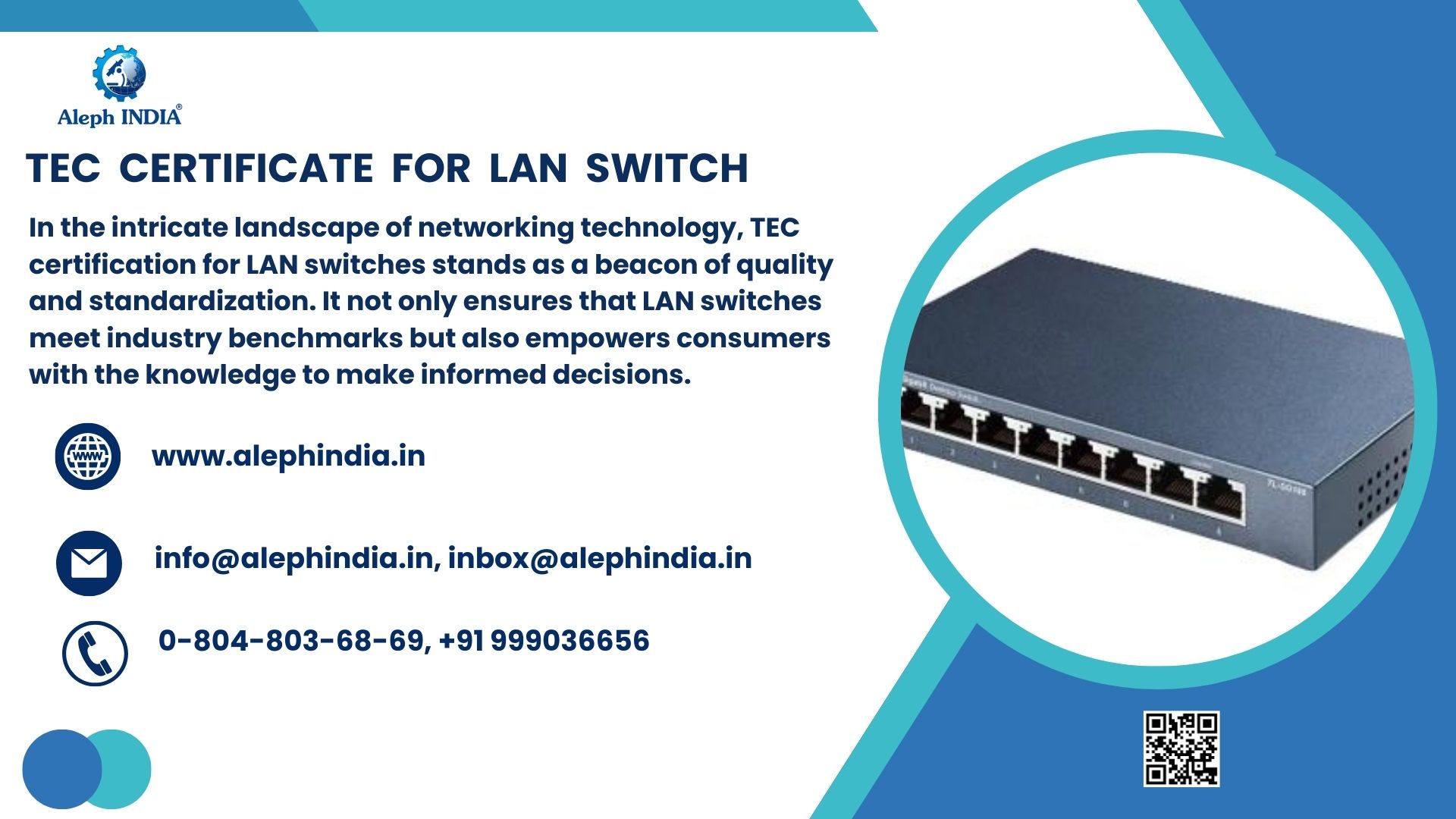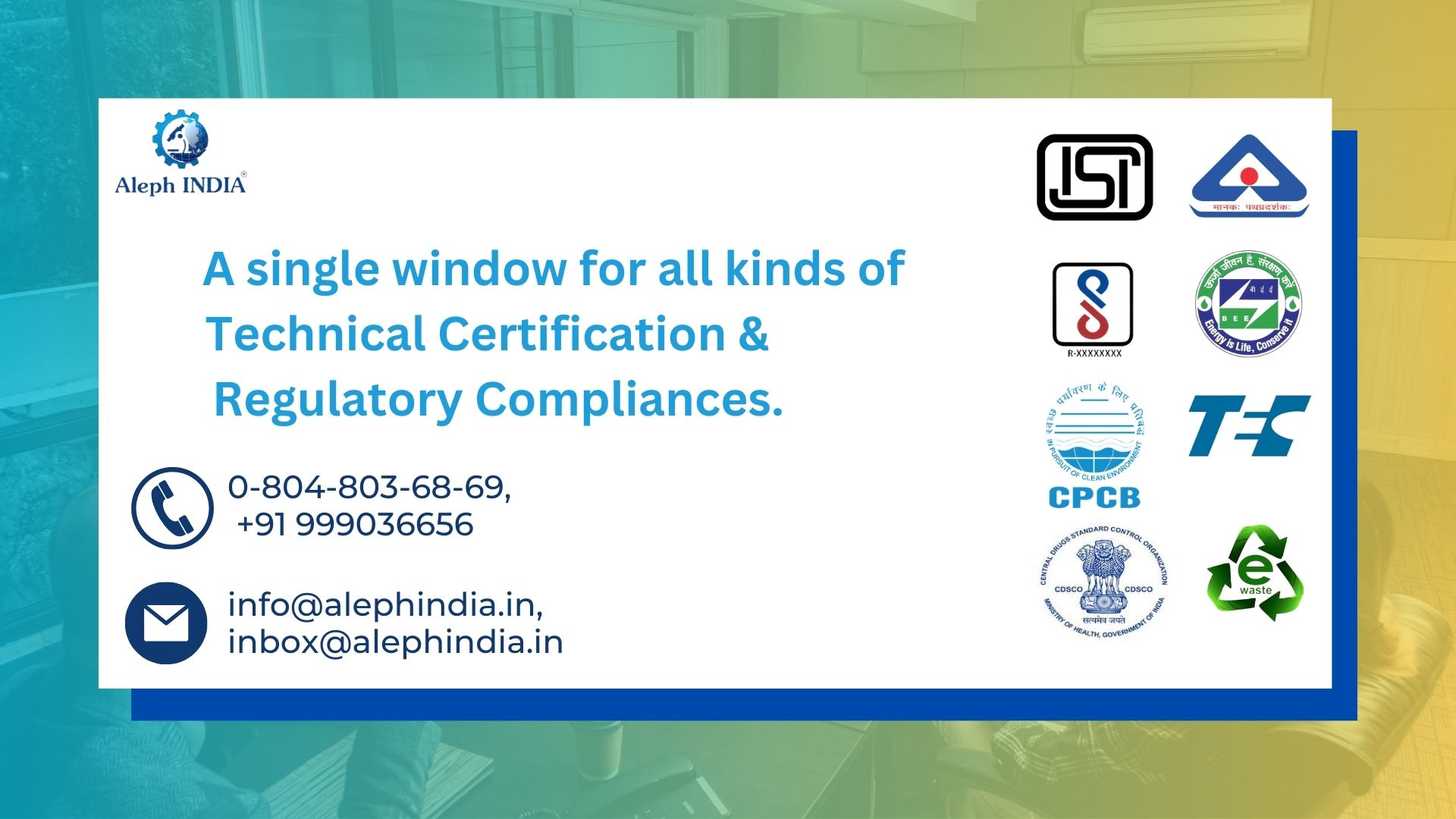India’s New Standards for Aluminium and Aluminium Alloy Ingots Products

In a significant stride toward upholding the quality and safety of aluminium and aluminium alloy ingots and castings in India, the Central Government has made a noteworthy announcement. On August 31st, 2023, a crucial notification was issued, signaling a turning point for manufacturers, importers, and consumers of these products. The Central Government’s Stand Recognizing the paramount importance of maintaining superior standards in the production and distribution of aluminium and its alloys, the Central Government has taken a decisive step. According to the new mandate, these products must align with the corresponding Indian Standard as outlined in IS 617:1994. The Implications Under this stringent regulation, only aluminium and aluminium alloy ingots and castings meeting the specified Indian Standard will be authorized to bear the coveted Standard Mark. However, gaining this authorization is no simple feat. Manufacturers must diligently obtain a license from the B...



.jpg)

